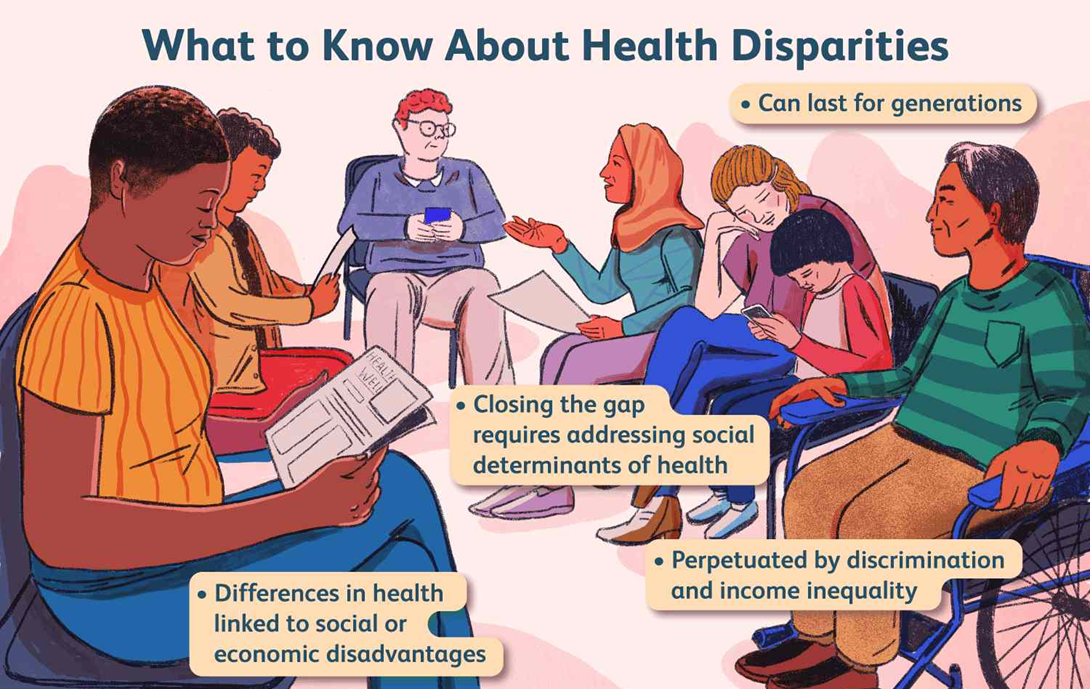Which of the following is a true statement about assistive devices to aid older adults with impaired mobility?
Improper assistive device use contributes to older adult falls.
Older adults save money by adopting assistive devices from their friends.
A walker can be used when climbing stairs.
Cane tips should be smooth.
None of the above.
The Correct Answer is A
Choice A reason: Improper assistive device use contributes to older adult falls is a true statement, as it is supported by evidence from web search results. According to the Age Space guide to assistive technology for the elderly, "it is important to ensure that the device is used correctly and safely, as improper use can increase the risk of falls and injuries." Similarly, according to the AAFP article on mobility assistive device use in older adults, "improper use of assistive devices can lead to falls, injuries, and decreased mobility."
Choice B reason: Older adults save money by adopting assistive devices from their friends is not a true statement, as it is not recommended by experts. According to the AAFP article on mobility assistive device use in older adults, "borrowing devices from friends or family members is not advised because devices may not be properly fitted or maintained, and may not meet the patient's needs."
Choice C reason: A walker can be used when climbing stairs is not a true statement, as it is not safe or feasible. According to the NICHD article on types of assistive devices and their use, "walkers are not designed for use on stairs or escalators."
Choice D reason: Cane tips should be smooth is not a true statement, as it is contrary to the best practice. According to the AAFP article on mobility assistive device use in older adults, "cane tips should have a nonskid surface to prevent slipping."
Choice E reason: None of the above is not the correct answer, as there is one choice that is a true statement about assistive devices to aid older adults with impaired mobility.
Nursing Test Bank
Naxlex Comprehensive Predictor Exams
Related Questions
Correct Answer is B
Explanation
Choice A reason: This statement is incorrect because the zoster vaccine Shingrix can be given to individuals who have had a previous episode of Herpes Zoster (HZ), as long as they are not currently experiencing an acute outbreak. The vaccine can help prevent future recurrences of HZ, as well as reduce the risk of postherpetic neuralgia, a painful complication of HZ.
Choice B reason: This statement is correct because the zoster vaccine Shingrix is recommended for all individuals over age 50 that have no contraindications to the vaccine, such as a history of severe allergic reaction to any component of the vaccine, or a current severe immunodeficiency. The vaccine can help prevent HZ and its complications, which are more common and severe in older adults.
Choice C reason: This statement is incorrect because the zoster vaccine Shingrix can be given to individuals with a chronic cardiac or respiratory condition, as long as they are not immunocompromised. The vaccine is not a live vaccine, so it does not pose a risk of causing or worsening the underlying condition. The vaccine can help protect the individuals from HZ and its complications, which can exacerbate their condition or interfere with their treatment.
Choice D reason: This statement is incorrect because the zoster vaccine Shingrix does not always prevent an individual from developing Herpes Zoster. The vaccine has a high efficacy rate of about 90%, but it is not 100%. The vaccine can reduce the severity and duration of HZ, as well as the risk of postherpetic neuralgia, if it does occur.
Correct Answer is D
Explanation
Choice A reason: Health equity is not the definition of health disparity, but rather the opposite of it. Health equity is the state of fair and equal opportunity for everyone to achieve optimal health, regardless of social or economic factors.
Choice B reason: The difference between an expected incidence and prevalence and that which actually occurs in a comparison population group is not the definition of health disparity, but rather a way of measuring it. Incidence and prevalence are epidemiological terms that refer to the number of new and existing cases of a disease or condition in a population, respectively.
Choice C reason: The systematic elimination of the culture of another resulting in decreased wellness is not the definition of health disparity, but rather an example of cultural genocide. Cultural genocide is the deliberate destruction of the identity, heritage, or traditions of a group of people.
Choice D reason: Differences in health outcomes between groups is the definition of health disparity, as it describes the situation where some groups of people experience worse health status or quality of life than others, due to factors such as race, ethnicity, gender, income, education, or geography.

Whether you are a student looking to ace your exams or a practicing nurse seeking to enhance your expertise , our nursing education contents will empower you with the confidence and competence to make a difference in the lives of patients and become a respected leader in the healthcare field.
Visit Naxlex, invest in your future and unlock endless possibilities with our unparalleled nursing education contents today
Report Wrong Answer on the Current Question
Do you disagree with the answer? If yes, what is your expected answer? Explain.
Kindly be descriptive with the issue you are facing.
